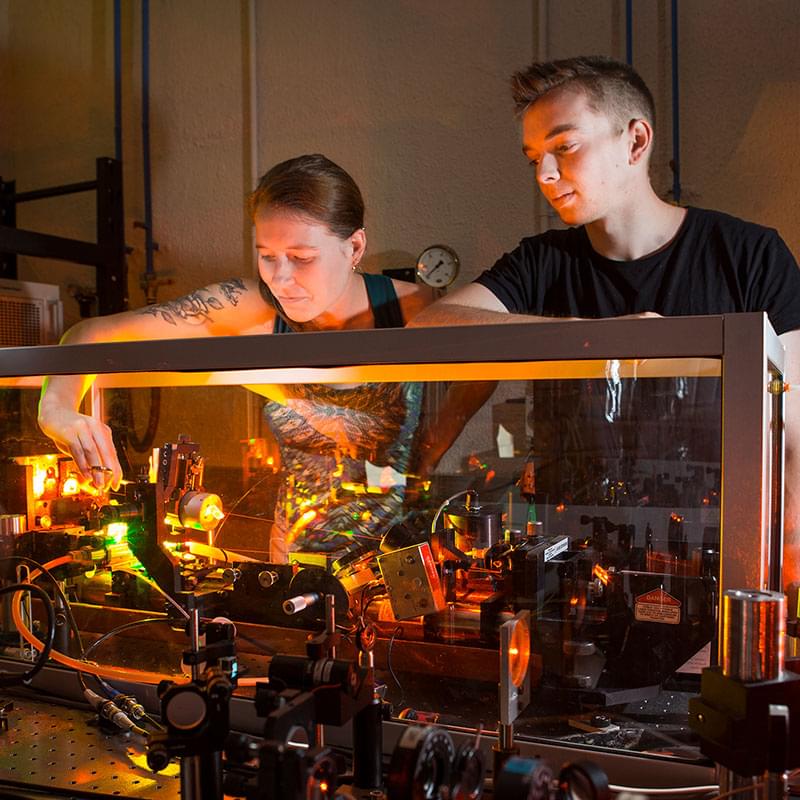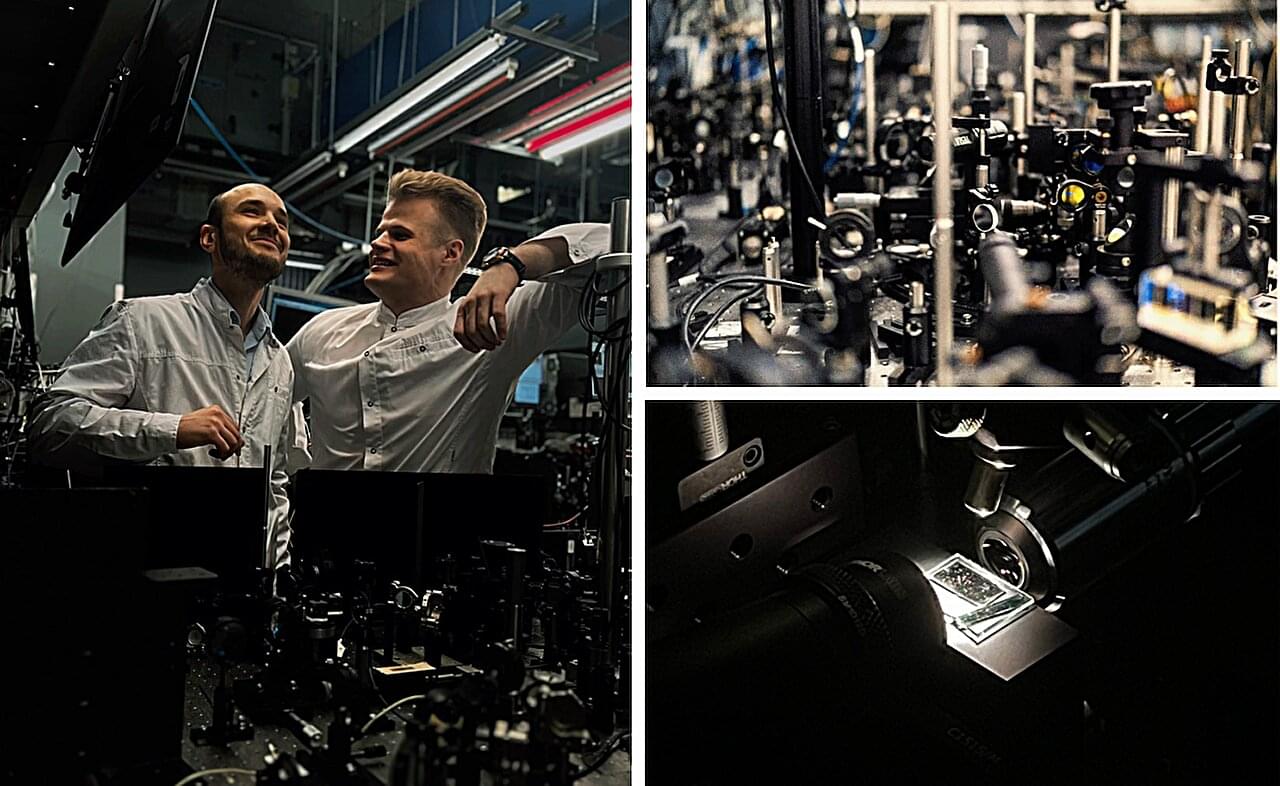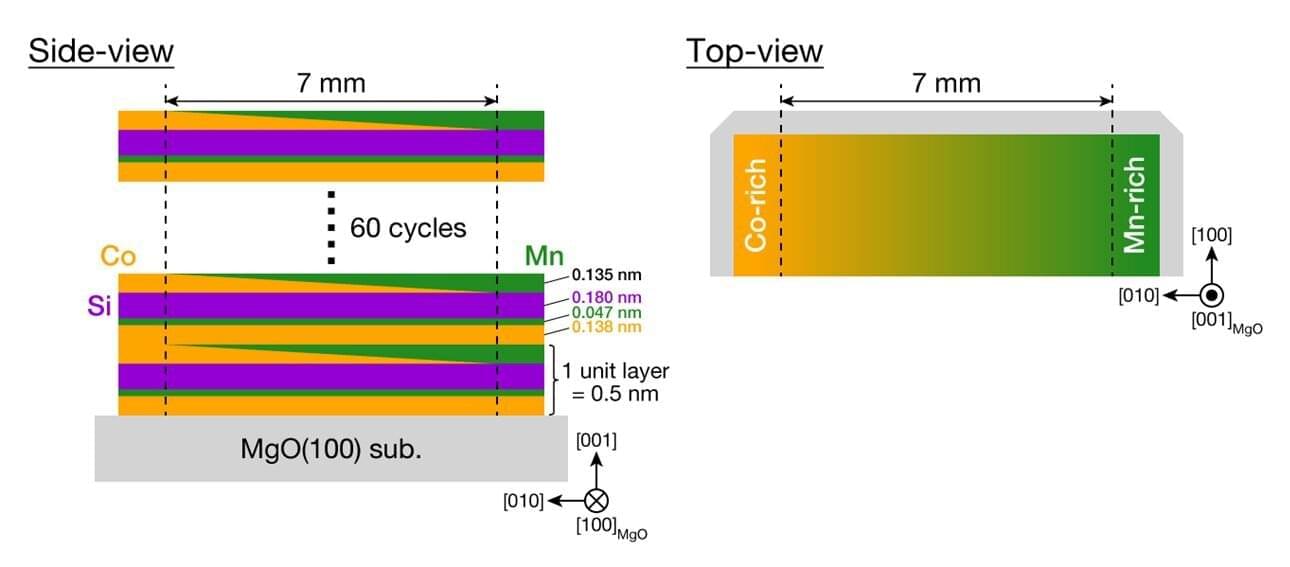In our group we are researching the new materials and protocols needed for quantum communication, quantum computation and quantum sensing. The systems we use are rare earth ion crystals as they are a particularly promising candidates for building quantum information devices due to their excellent quantum coherence properties. This is crucial requirement to avoid the loss of quantum information through interactions with the local environment.
In our research we combine fundamental knowledge of the materials with the development of new quantum information protocols and device fabrication capabilities. This unique skillset has enabled us to achieve several key milestones in the field of quantum information processing, for example.
Research of the laser physics centre.







